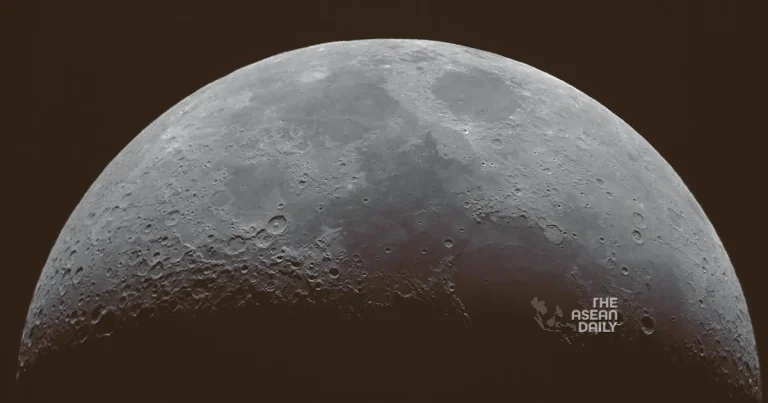30-11-2023 (WASHINGTON) Astrobotic, a leading American space company, is gearing up for a historic lunar mission set to launch on December 24. The mission aims to land the Peregrine lander on the Moon on January 25, marking a significant milestone more than five decades after the last Apollo mission.
Peregrine, a fully unmanned spacecraft, has been meticulously developed by Astrobotic to carry NASA instruments designed to explore and study the lunar environment. Astrobotic’s CEO, John Thornton, expressed enthusiasm for the mission during a press briefing on November 29 at the company’s headquarters in Pittsburgh. He emphasized that the mission’s success could pave the way for NASA’s upcoming Artemis manned missions.
NASA’s decision to collaborate with private companies for lunar exploration is part of the Commercial Lunar Payload Services (CLPS) programme, initiated several years ago. The programme involves fixed-price contracts, aiming to stimulate the development of a lunar economy by providing cost-effective transportation services.
Thornton highlighted the financial challenges inherent in lunar exploration, stating, “One of the big challenges of what we’re attempting here is attempting a launch and landing on the surface of the Moon for a fraction of what it would otherwise cost.” He acknowledged the daunting nature of the task, noting that only half of the previous Moon missions had been successful.
The launch of Peregrine is scheduled for December 24 from Florida, utilizing the inaugural flight of the Vulcan Centaur rocket from the ULA industrial group. Following the launch, the spacecraft will spend “a few days” reaching lunar orbit, with the actual landing attempt scheduled for January 25. Thornton explained that the timing was crucial to ensure optimal light conditions at the targeted location on the Moon.
The descent and landing process will be autonomously executed, with no human intervention, although constant monitoring will take place from Astrobotic’s control centre. Thornton admitted the mix of emotions he anticipates during the mission, stating, “I’m going to be terrified and thrilled all at once at every stage of this.”
While Astrobotic leads this mission, other companies, including Firefly Aerospace, Draper, and Intuitive Machines, have also secured contracts with NASA. Intuitive Machines is set to launch aboard a SpaceX rocket in January.
The CLPS programme manager, Mr Chris Culbert, acknowledged the inherent risks in lunar exploration. “Nasa leadership is aware of the risks and has accepted that some of these missions might not succeed,” he said. However, he emphasized that even in the case of unsuccessful landings, the CLPS programme has already made a significant impact on the commercial infrastructure needed to establish a lunar economy.
With the Artemis programme, NASA aims to establish a permanent base on the Moon, making this upcoming mission a crucial step towards humanity’s renewed lunar exploration. As the world eagerly awaits this historic moment, Astrobotic and its partners are working tirelessly to ensure the success of the Peregrine mission and contribute to the future of lunar exploration.




